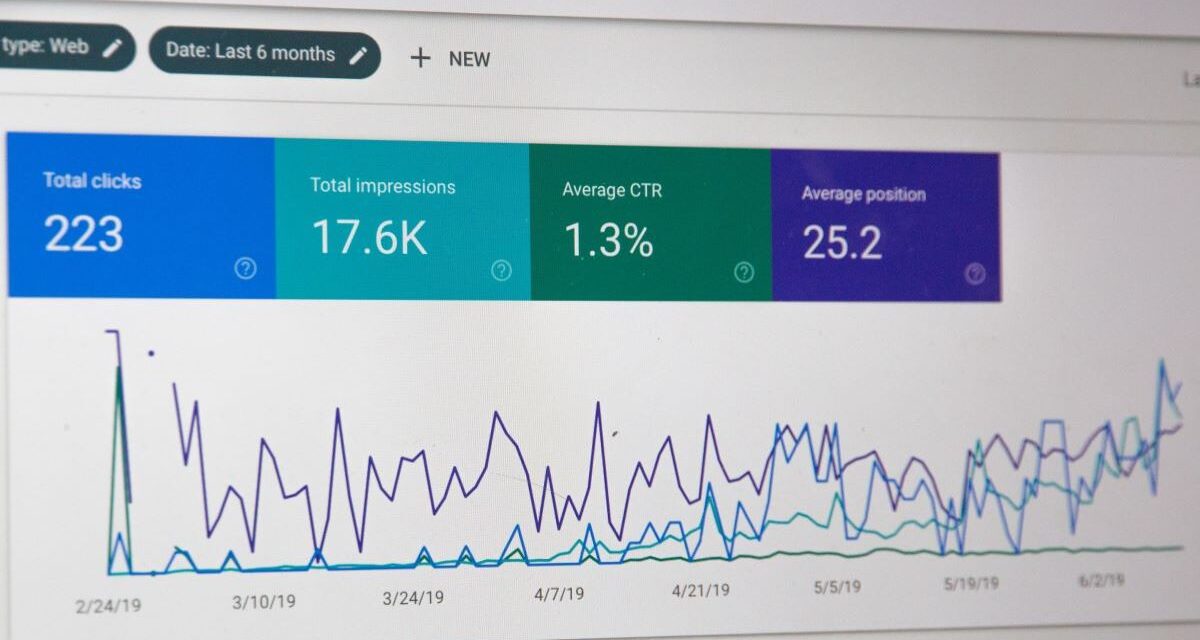Do you remember the good old days when it was enough to put lots of keywords on a page to be classified at the top in search engines? Today, these search engines take into account hundreds of factors to decide on the best classified pages. This is where the UX, the user experience, comes into play. Many factors play a major role in the ranking of your site. Here are some of the main factors:
- Ease of navigation on your website
- The quality of your content
- The safety, speed and adaptability of your site to different devices.
In simple terms, the expectations of Internet users have changed a lot. The search engines adapt and make changes according to the modification of the intention of the users. If you have an online business, you must constantly adapt to maximize performance and maintain a competitive advantage. To do this, you must combine your SEO strategies with UX. This is exactly what we will see in this article.
What are the objectives of SEO and UX?
In the vast majority of cases, the main reason why companies build and update a website – sometimes by investing thousands of euros – is to earn money. If your website appears on the first page and offers the user what he is looking for, you are only a few clicks to make a sale. If the site is accessible and easy to use, it sends even more encouraging signals to the user, which is important to transform it into a customer.
One of the main engines of online purchase is confidence. Users of a website will seek various “trust signals” such as customer reviews. But, if they cannot or cannot find your website, all these UX signals are lost.
In other words, the optimization of your site must comply with the current algorithms of the various search engines and meet customer expectations in terms of design, reviews, prices, offers, etc.
If you should only remember one thing, it would be:
- THE referencing is the architecture or structure of the website. Its goal is to generate more traffic (users) on your website.
- L'Ux is the tool that retains these users, helping to convert them to customers. The design of your website must minimize distractions and maximize engagement.
Use the UX to influence your SEO: 5 effective methods
For all marketing specialists, finding the right combination between UX and SEO is a long -term job. A website that is fast and suitable for mobiles will have a positive effect on its referencing. When you work on the referencing of your site, you focus on search engines and visitor.
But when you implement UX techniques, you focus on visitor and user experience. This is where the two overlap – and in the right direction. Now pay attention to what will follow. There are several UX strategies that can be used to improve your SEO. Here is what these strategies include:
1 – Linguistic research
Regardless of the sector in which you work, your customers and targets use a very special language. It is not a language properly spoken, but a style and a formulation that are commonly used in the sector to describe and market similar services and products. This is called jargon! To determine this is an essential step for an UX – SEO combined strategy so that the content is best suited to their expectations.
2 – A simpler website architecture
According to Peter Morville and Louis Rosenfeld, two UX design experts, three circles make up the architecture of information:
- The contents
- The user
- The context of use.
Once you have these three circles, the work of a UX designer consists in organizing the flow of the website and the content based on planning and research. The final objective is to lead to an ideal and simpler website architecture, which balances the objectives of the site with the objectives and wishes of the user.
3 – Reduction of pages loading time
According to the research carried out in 2018 by Google, it takes no more than three seconds for a person to leave your site if the latter does not care properly. As unfair and frustrating as it may seem, slow loading times can cost you more than half of the visitors arriving on your site. Fortunately, there are many proven UX design tips that can solve this problem, including:
- Avoid using dark fonts.
- Make sure that the rollover pimples/overview effects are not imagined.
- Use accordions to segment the content.
- Avoid parallax scrolling, especially if you try to optimize the site for mobile use.
- Make sure all the images are high quality and the right size before publishing them.
4 – Search for intentions
Are you looking for keywords to write quality content in order to improve your SEO? Please note, not all of them have a good effect or will not have the same meaning for the target audience. This is why you should also seek intention.
Users travel the web in search of solutions and answers. Often, they don't even know exactly what they are looking for, which can be a challenge for a marketing specialist. However, there is no doubt that the intention is one of the most important elements to offer a quality user experience. Once you understand the intention, you must translate it into a successful design decision. To do this, you must:
- Discover where the user comes from and what he sought to reach your pages.
- Learn its name (you can do it through registrations on social networks for example).
- Discover the history of its interactions by examining your visits and behavior on your website.
5 – Bring Internet users to click
SEO is what brought them to your website, but what will make them click on the call for action? This can be accomplished by creating a UX design that captures their attention and combines features that encourage them to click and act.
To effectively combine SEO and UX, remember to get closer to a 360 ° web specialist agency!






